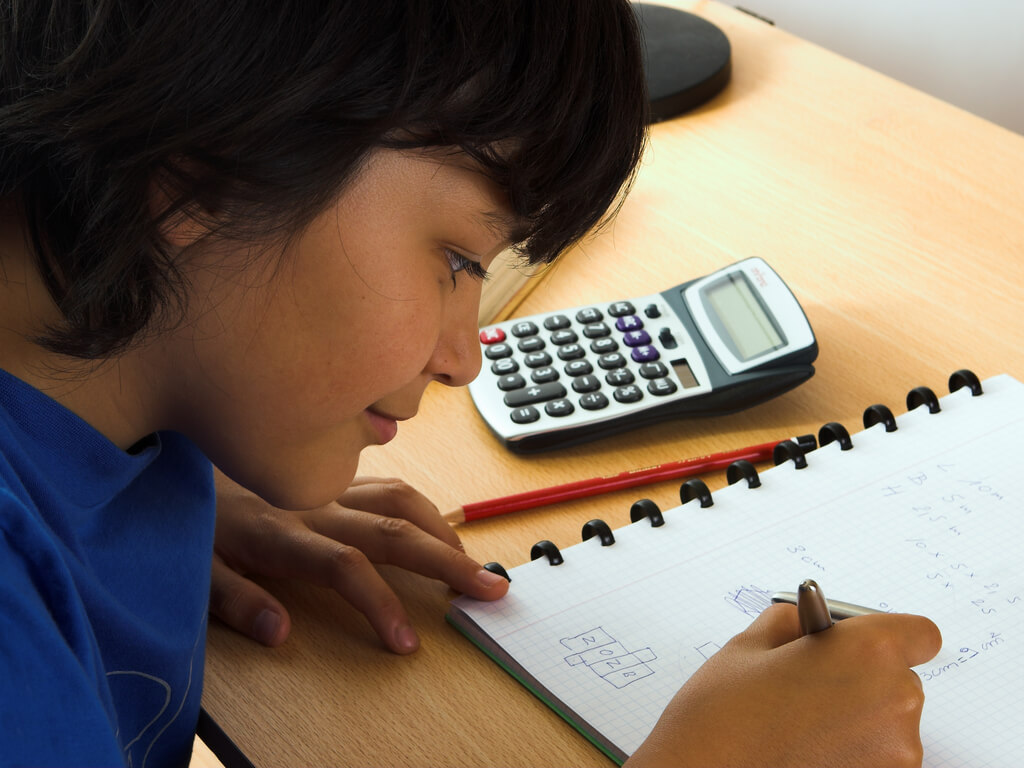Don’t count your chickens before they hatch, but if they’re learning math in a fun way, you might just have a genius on your hands! Mathematics, often seen as a challenge, can be turned into a delightful pursuit when taught right.
The Old Ball and Chain: Traditional Maths Education
Maths, for many years, has been portrayed in a certain light – often as dry, abstract, and intimidating. The traditional classroom setting involves textbooks, problems to solve, and exams to judge one’s understanding. For many, it’s been a journey of rote learning rather than genuine understanding.
While these methods have produced several mathematical experts, for many others, it’s like trying to square a circle – seemingly impossible. The result? A general sense of dread around the subject, declining motivation, and, unfortunately, a multitude of students feeling like maths is not their cup of tea.
Breaking the Ice: The Need for a Fresh Approach

The traditional approach to teaching mathematics has its merits; it has produced many generations of talented mathematicians and scientists. However, as the world changes, so too do the methods we need to employ to ignite passion and foster understanding in our students. Here’s why we need a fresh approach:
-
Changing World Dynamics:
- Innovations in technology have allowed the creation of resources that make math instruction more dynamic, engaging, and enjoyable.
- Math has many real-world applications in the fields of technology, science, and everyday life. Mathematical principles should be used in the classroom.
- Today’s students have a better understanding of their own learning styles than ever before. A universal solution doesn’t satisfy everyone’s needs.
-
Stoking the Passion for Math:
- Math may be made more concrete through the use of interactive applications, gamification, and hands-on projects.
- Making math relevant to students’ lives and interests can rekindle their enthusiasm in the subject and motivate them to learn more.
- Engaging students in group activities that promote peer-to-peer teaching and improve understanding is an example of collaborative learning.
-
Engagement, Enjoyment, and Retention:
- Students are more likely to retain information when they are actively involved in and interested in the learning process. Understanding and practical application are equally as important as memory when it comes to retention.
- Enjoyment stimulates involvement, which improves comprehension and then increases enjoyment.
- Confidence Boost: Students who are engaged and enjoy math develop a greater confidence in their abilities, making them more likely to pursue advanced studies or careers in math-related fields.
Let’s Shake Things Up: Game-Based Learning

The saying goes, “All work and no play makes Jack a dull boy.” Why not apply this to maths tuition? Game-based learning is no child’s play. By turning a mountain out of a molehill, games can simplify complex concepts into digestible bits, allowing students to grasp abstract theories while having a blast.
For instance, board games like ‘Monopoly‘ teach basic arithmetic, budgeting, and strategic planning. Digital games, such as ‘DragonBox’, dive into algebraic concepts without the student even realising they’re learning serious maths. By gamifying learning, we’re not just teaching maths; we’re making maths an exciting adventure.
Every Cloud has a Silver Lining: Maths Through Real-life Scenarios
To many, maths seems like a world locked away in textbooks. But the reality is, from shopping sprees to baking the perfect cake, there’s a maths lesson lurking in every corner. By teaching maths through real-life scenarios, we make it less of a hard nut to crack.
Think about it. Planning a holiday? You’re dabbling in budgeting, time management, and conversions. Following a recipe? You’re knee-deep in fractions and measurements. These real-life scenarios don’t just make maths relatable; they make it indispensable.
More than One Way to Skin a Cat: Creative Maths Tuition Techniques

Mathematics, for many students, can seem like a daunting subject, often viewed as a strict discipline filled with equations and formulas. However, there isn’t just one technique to teach math. The challenge is to create novel approaches that can help students overcome their resistance to learning math and develop a true fascination with concepts like pattern recognition and problem solving. Some fresh approaches are as follows:
Role of Technology:
- Apps: Over the years, several smartphone apps have evolved with the express purpose of making math homework more like a game. Often, these apps provide real-time feedback that enables students to immediately recognize and address their faults.
- Online Platforms: Learning mathematics may be more engaging and self-directed with the use of online resources such as those provided by Khan Academy and Coursera.
- Digital Tools: Mathematical principles may be seen and manipulated with the help of software like Geogebra and Desmos. These aids can be essential for understanding intricate concepts that are hard to absorb through more conventional means of instruction.
Hands-on Activities:
- Math Kits: These are actual kits that can be purchased and contain things like geometric forms, number tiles, and rulers. Younger pupils who learn best via hands-on experience might get the most benefits from using them.
- DIY Projects: Mathematical concepts are sometimes best grasped by constructing them from scratch. Students can get a concrete understanding of theoretical concepts through projects like building a sundial or creating a Möbius strip.
- Other Tangible Tools: Tools like abacuses or math manipulatives can be especially effective for those who learn best through touch and spatial understanding. Using these tools, students can physically see and feel the math.
The Proof is in the Pudding: Success Stories

The journey from zero to hero in maths is no fairy tale. Many students have leapt over the hurdles of maths phobia, thanks to innovative, fun methods. There’s Jane, who went from fearing fractions to baking her way into understanding them. Or Mike, who mastered algebra through a digital game before he even realised what algebra was!
Amidst these success stories, a lot of credit goes to dedicated educators like tutors in the UK on NiceTutor, who have tailored their teaching approaches to individual student needs, incorporating the innovative methods that work best.
Research, too, stands testament to the revolution. Studies have shown marked improvement in math scores and a notable increase in students’ interest in the subject when taught using interactive, engaging methods.
To view maths as just numbers on a paper is to miss the forest for the trees. Making maths fun paves the way for a lifelong love and mastery of the subject. This isn’t just about making students better at maths; it’s about creating a generation that values and enjoys learning. So, educators and parents alike, let’s not miss the boat. It’s high time we jumped on the bandwagon and made maths the apple of every student’s eye. Remember, with the right approach, every student can be a math magician in their own right!



